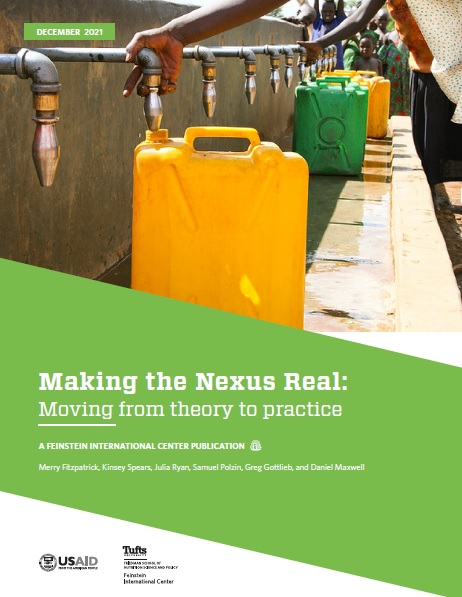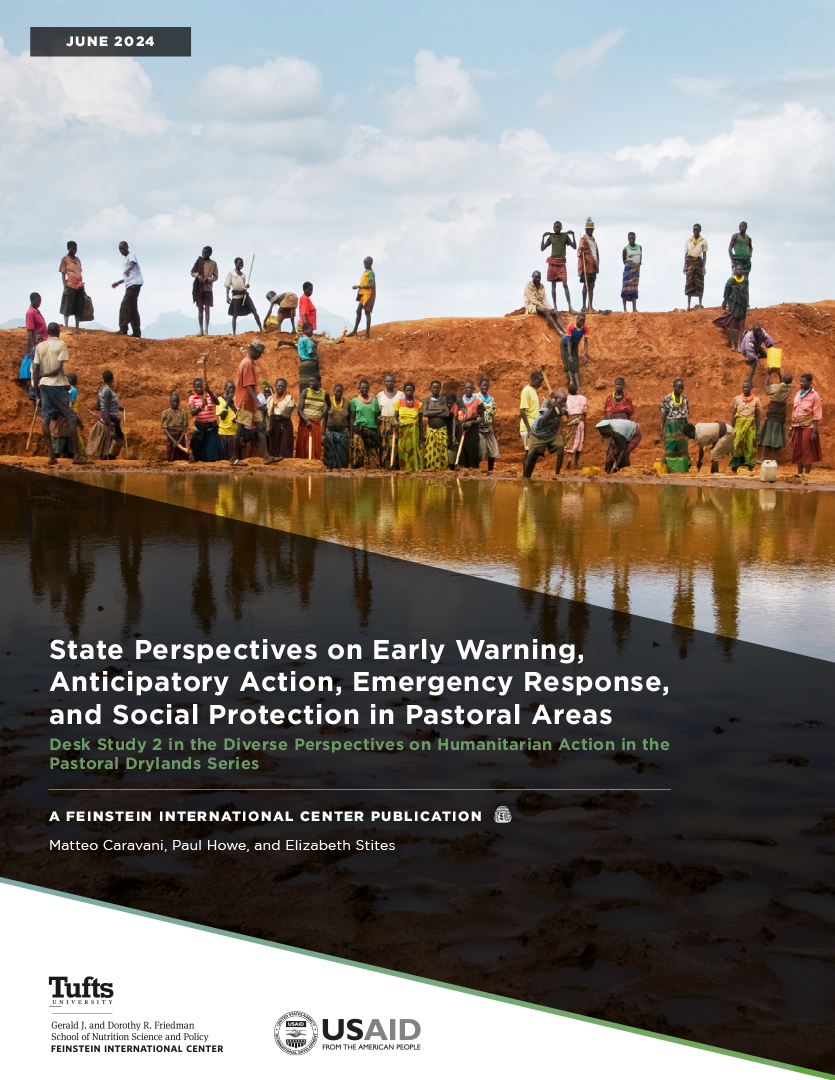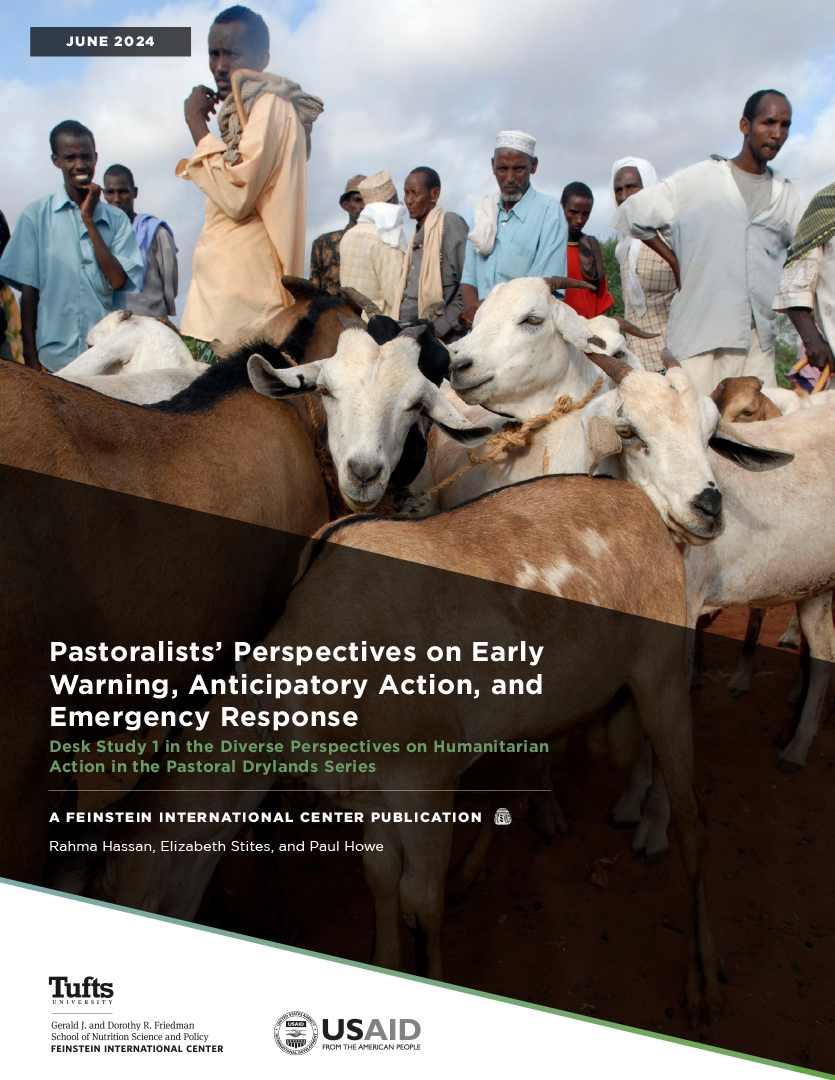Throughout the modern history of humanitarian and development assistance, there has been tension between efforts to address immediate needs and the root causes giving rise to those needs. Different funding streams, principles, programming tool kits, and specializations have evolved for each type of assistance. The space where they link or overlap is often called the nexus.
Most actors use the OECD’s description of the approach to the Humanitarian-Development-Peace Nexus: “The approach seeks to capitalize on the comparative advantages of each pillar—to the extent of their relevance in the specific context—in order to reduce overall vulnerability and the number of unmet needs, strengthen risk management capacities and address root causes of conflict” (OECD 2020, 6).
This report explores both the nexus (small n), as a way of programming, and the HDP Nexus approach (capital N), as the approach promoted by the UN and OECD/ DAC.
This report discusses four major points:
- The HDP Nexus approach has two major components: programming and coordination.
- The HDP Nexus approach is a top-down movement, initiated and driven by OECD/DAC and the Resilience and DRR bodies of practice started more organically in the field and are working their way upward.
- Not all programs or actors need to address all pillars equally at all times.
- Two types of platforms are needed to facilitate further development and implementation of HDP Nexus thinking.







